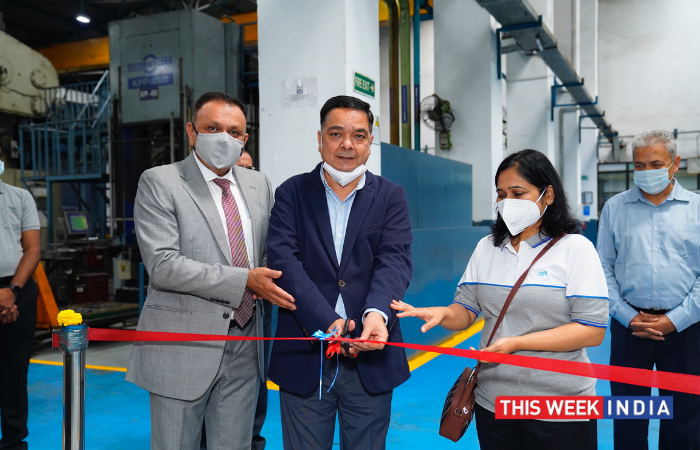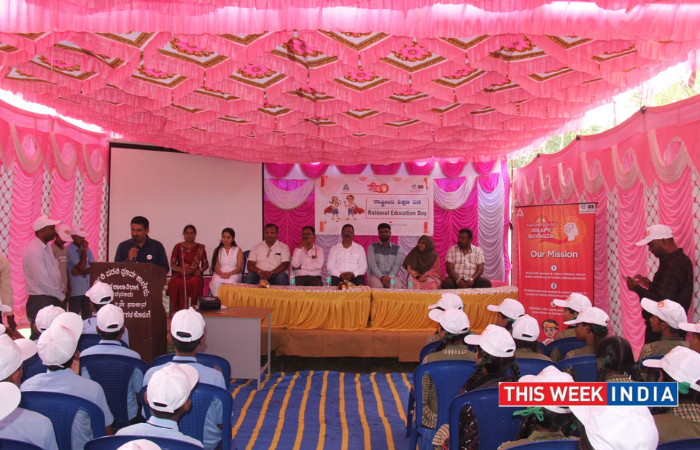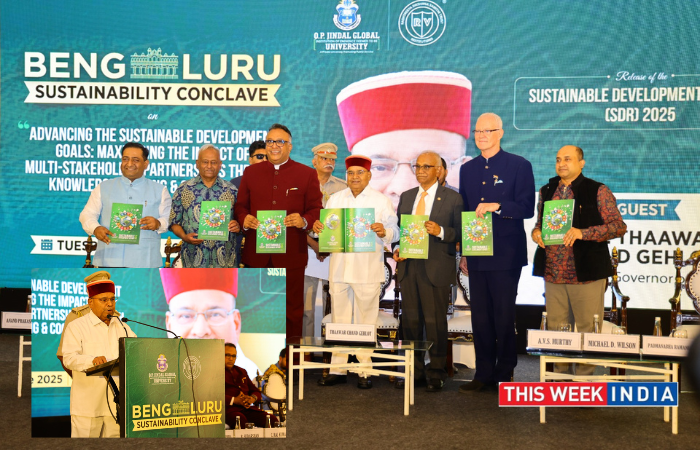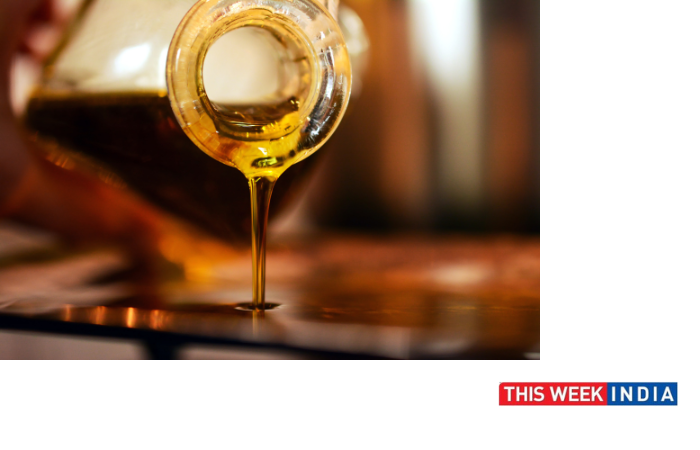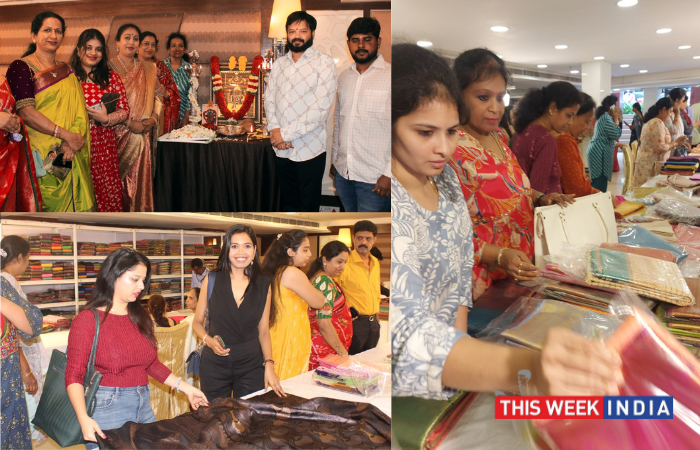Mumbai / Pune, September 17, 2021: Sintercom India Limited (Company), a Pune based company, announced successful development of cam to cam scissor gear through the sintering process for one of the reputed OEM. The company further confirmed the commissioning of the rolling line. Ensuing the BS VI norms, these are not only for the emission reduction but also calls for noise level reduction – the gears will also help in upgrading NVH by reduction of backlash.
With this technology being developed in India there will be surge in new opportunities for development and conversion of various gears. These gears adapt densification process on teeth flanks to gain improved mechanical properties. P/M gear rolling densification is a post-sintering process in which the porosity is closed at the surface and at some depth into the flank of the gear which results in improving the dimensional control and also the mechanical properties.
Commenting on the milestone, Mr. Jignesh Raval, Managing Director & the Chief Executive Officer, Sintercom India Ltd. said, “We are proud to be India’s first sintered player to develop cam to cam scissor gear. Sintercom continues to lead from the front in developing latest technologies in India and providing solutions to complexed customer requirements with our outstanding technology offerings. He further mentioned that Sintercom successfully commissioned the gear rolling line, the first of its kind in the sintered products in India. Since there is an increasing demand in India for emission reduction and noise level reduction products, we are certain that these gears will bring new prospects for various developments in the sector. Also, with this milestone we are now geared up to bring in more new revolutionary technologies that will only result in growth and value.
Users often choose P/M for manufacturing gears because of the following advantages:
- As the material is porous, it contributes to quiet running gears (porosity dampens sound) and allows them to be self-lubricated (by impregnating with oil).
- Total input weight reduction against forging process.
- Improvement in NVH level.
- Dimensional Stability
- Process and productivity lead-time improvement

